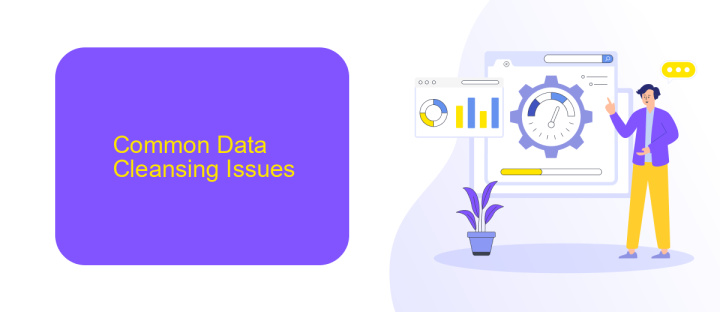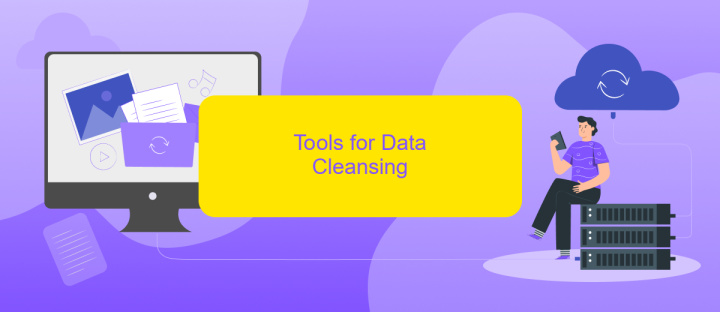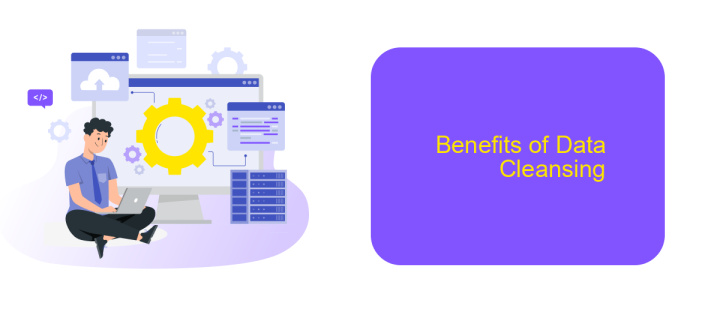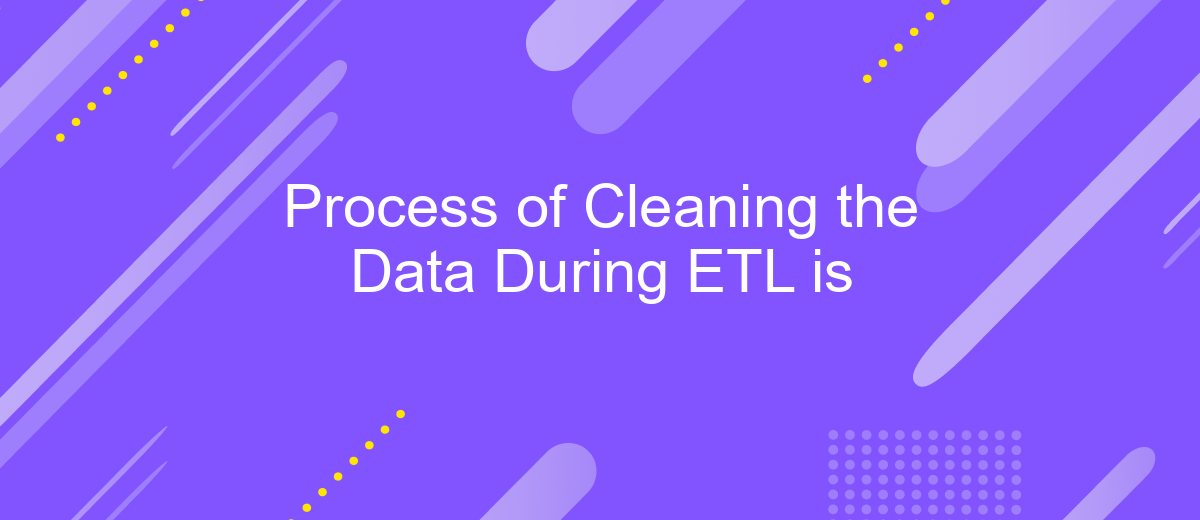Process of Cleaning the Data During ETL is
The process of cleaning data during ETL (Extract, Transform, Load) is a critical step in ensuring data quality and reliability. This phase involves identifying and correcting errors, removing duplicates, and standardizing formats to prepare data for analysis. Effective data cleaning enhances the accuracy of insights and supports better decision-making, making it an indispensable part of any data integration workflow.
Data Cleansing Techniques
Data cleansing is a critical step in the ETL process to ensure data quality and accuracy. It involves identifying and rectifying errors or inconsistencies in the dataset. There are several techniques commonly used for data cleansing:
- Removing Duplicates: Identifying and eliminating duplicate records to ensure each entry is unique.
- Handling Missing Values: Addressing missing data by either filling in gaps with appropriate values or removing incomplete records.
- Standardizing Data: Ensuring consistency in data formats, such as dates and addresses, to facilitate accurate analysis.
- Validating Data: Checking data against predefined rules or standards to ensure its accuracy and reliability.
- Correcting Errors: Identifying and fixing typographical errors, incorrect values, and other inaccuracies in the dataset.
Effective data cleansing can significantly enhance the quality of your data, leading to more reliable insights and decisions. Tools like ApiX-Drive can automate many of these processes, ensuring seamless integration and high-quality data flow across systems. By leveraging such tools, organizations can save time and resources while maintaining data integrity.
Common Data Cleansing Issues

Data cleansing is a critical step in the ETL process, but it often encounters several common issues. One major problem is dealing with missing or incomplete data, which can lead to inaccurate analyses and decisions. Inconsistent data formats, such as varying date formats or measurement units, can also cause significant challenges, requiring thorough standardization to ensure data integrity. Duplicate records are another frequent issue, which can distort results and inflate data volumes, necessitating robust deduplication strategies.
Another common issue is handling outliers or anomalous data points that can skew analysis. These anomalies need to be identified and treated appropriately, either through correction or exclusion. Data from different sources may also have varying levels of quality and reliability, complicating the integration process. Tools like ApiX-Drive can simplify this by automating data integration and cleansing tasks, ensuring a more seamless and accurate ETL process. However, even with such tools, continuous monitoring and validation are essential to maintain data quality over time.
Tools for Data Cleansing

Data cleansing is a crucial step in the ETL process, ensuring that the data is accurate, consistent, and ready for analysis. There are various tools available that can help streamline and automate this process, making it more efficient and less error-prone.
- OpenRefine: An open-source tool that helps you clean and transform data. It is highly effective for handling messy data and can be used for data exploration as well.
- Trifacta: This tool offers a user-friendly interface for data wrangling and cleansing, leveraging machine learning to suggest transformations and edits.
- Talend Data Quality: Talend provides a suite of tools for data integration and quality management, including features for data profiling, validation, and cleansing.
- ApiX-Drive: A versatile service for setting up integrations that can also assist in data cleansing by automating data transfer and transformation between different applications.
Using these tools can significantly improve the quality of your data, making it more reliable for decision-making processes. By automating repetitive tasks and providing advanced features, they help ensure that your data is clean, consistent, and ready for use in analytics and reporting.
Benefits of Data Cleansing

Data cleansing is a crucial step in the ETL process that ensures the accuracy and quality of data. By removing inconsistencies, errors, and duplicates, businesses can rely on their data for making informed decisions. Clean data enhances the efficiency of data-driven processes and improves overall business performance.
One of the major benefits of data cleansing is improved decision-making. When data is accurate and reliable, organizations can trust the insights derived from it, leading to better strategic planning and operational efficiency. Additionally, clean data helps in maintaining regulatory compliance by ensuring that all data-related activities meet the required standards.
- Enhanced data accuracy and reliability
- Better decision-making capabilities
- Improved operational efficiency
- Compliance with regulatory standards
- Increased customer satisfaction
Integrating services like ApiX-Drive can further streamline the data cleansing process by automating data integration and synchronization. This ensures that data from various sources is consistently clean and up-to-date, allowing businesses to focus on their core activities while maintaining high data quality standards.
Best Practices for Data Cleansing
Effective data cleansing is crucial for ensuring the quality and reliability of your datasets during the ETL process. Start by identifying and removing duplicate records to avoid redundancy and potential errors in your analysis. Implement validation rules to ensure data consistency, such as checking for valid email formats or ensuring numerical values fall within a specified range. Regularly update your data sources to reflect the most current and accurate information.
Utilize automated tools to streamline the data cleansing process. For instance, ApiX-Drive offers seamless integration with various data sources, enabling you to automate data validation and transformation tasks. Establish clear data governance policies to maintain data integrity over time. Additionally, consider using machine learning algorithms to detect and correct anomalies in your datasets. By following these best practices, you can significantly enhance the accuracy and usability of your data, leading to more informed decision-making and better business outcomes.
FAQ
What is the first step in the data cleaning process during ETL?
How are missing values handled in the data cleaning process?
What techniques are used to identify and remove duplicate data?
How can data be standardized during the ETL process?
Can the data cleaning process be automated?
Apix-Drive is a universal tool that will quickly streamline any workflow, freeing you from routine and possible financial losses. Try ApiX-Drive in action and see how useful it is for you personally. In the meantime, when you are setting up connections between systems, think about where you are investing your free time, because now you will have much more of it.

